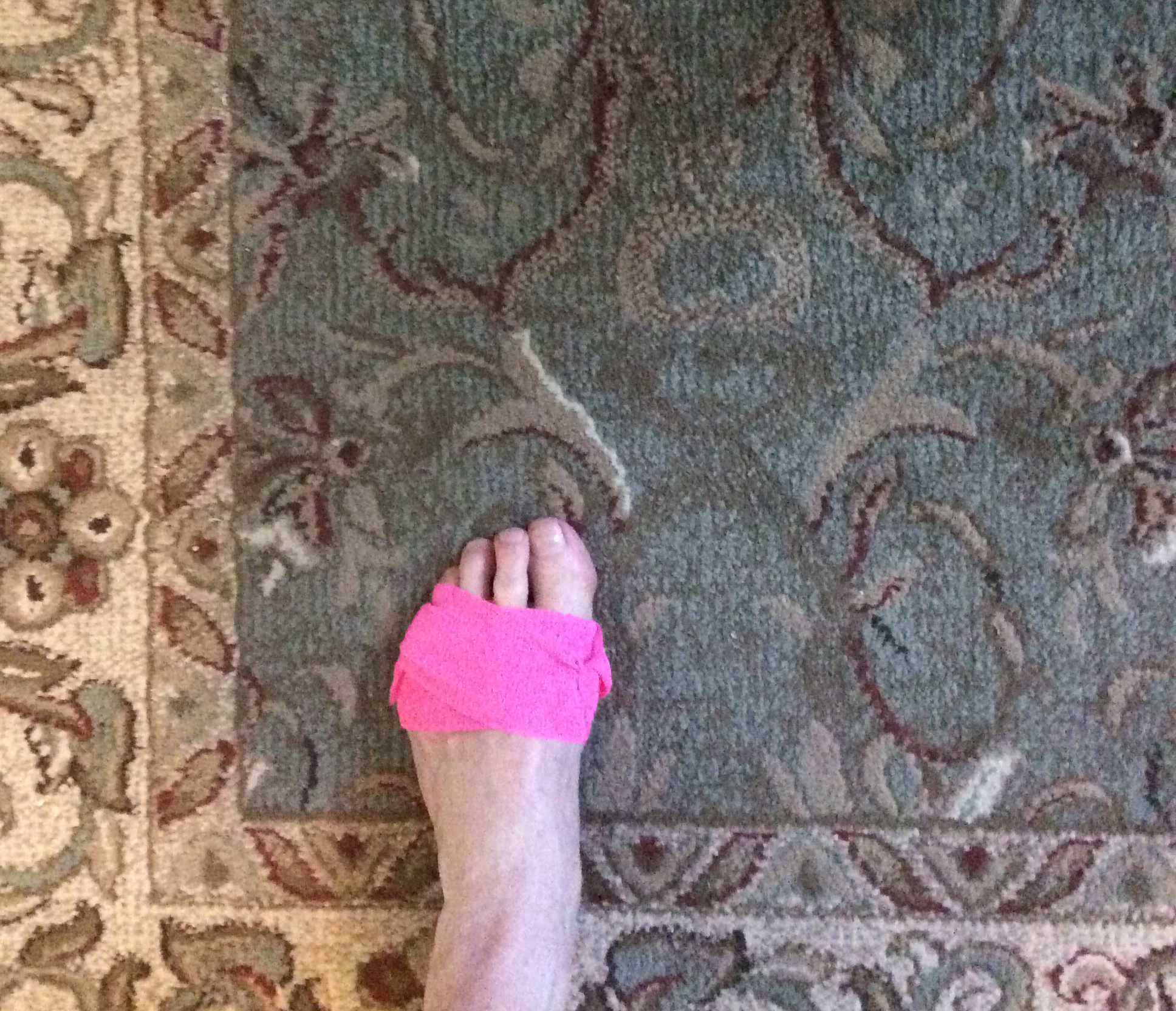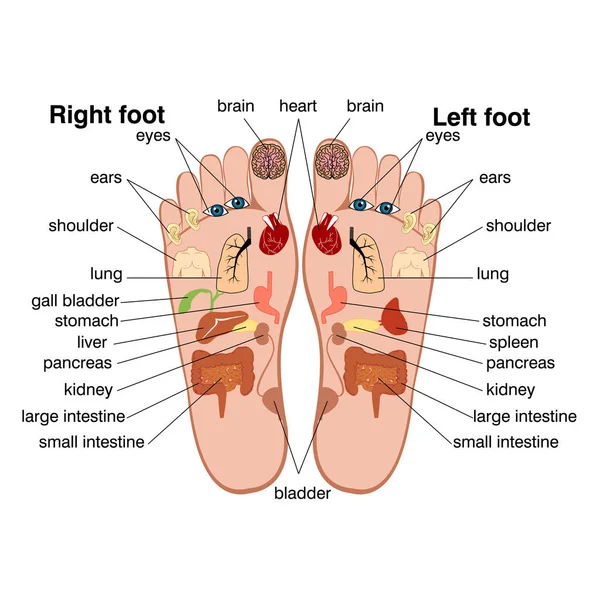#feet

#health #cramps #spasms #hands #feet #toes #legs
HEALTH
Artist: Thomas Bossard. French Contemporary artist
OUCH!!
CRAMPS IN HANDS/FINGERS.
- The most common sources of spasms include overused muscles and dehydration. Prolonged writing or typing can lead to hand cramping from overuse of the muscles. Other much less common reasons for cramping are low blood levels of calcium or magnesium. Apr 17, 2024

#PurvaBhadrapada is the 25th #constellation in the zodiac. It’s unique because the first three parts of it are in the Aquarius zodiac, and the last part is in Pisces. This constellation is often represented by the symbol of the ‘double-face,’ which reflects the dual nature of people born under it. It’s also associated with the front legs of a funeral cot, indicating a strong connection to themes of death, transitions, and occult practices.
People born under Purva Bhadrapada are often considered two-faced, meaning they may not always show their true selves. They tend to keep their thoughts and actions secret. The funeral cot symbolism also ties this #Nakshatra to the element of #fire, earning it the reputation of being a Nakshatra associated with #purification #Purva-Bhadrapada Nakshatra.
Translation: The former one who possesses #lucky #feet
Symbol: Front of a #funeral #cot, two-faced man
Lord: #Jupiter
Zodiac: Pisces sign (Meen)
Deity: #AjaEkapada — one-footed serpent, horned goat, unicorn
Nature: The fierce or Severe ( #Ugra)
Gana: #Manushya #Gana
Mode: Active
Constellation: 25
Body VarahaMihira: Legs
Body Parashara: Left thigh
Number: 25
Letter: Se, So, The, Di
Lucky letters: S & D
Lucky Stone: Yellow Sapphire
Lucky Color: Silver Grey
Lucky Numbers: 3
Element: #Ether
Dosh: #Vata
#Bird Name: #Avocet
Yoni/Animal Symbol: A #Male #Lion
#Tree: #Neem
https://horoscopeeveryday.com/nakshatra-purva-bhadrapada-nakshatra/

#health #feet
January 16, 2024
COWGIRL SURGERY
Well. I'll tell you. We Pisces Mermaids have a terrible time with our feet.
Today, I finally had to perform Cowgirl Surgery on the upper part of the sole of my foot to remove a large splinter. There was a painful, deep lump, so every step was a step of pain. At first I thought perhaps a foot joint of some kind was inflamed and it would eventually go away. That didn't happen.
I examined the sole of my foot with a magnification glass, and saw the head of a black splinter. I was relieved that the problem wasn't a foot joint. Every step had driven the splinter deeper into my foot. The painful lump was actually an infection caused by the splinter. I wouldn't be going to a doctor or an emergency room to ask that an infected splinter be removed- and then receive a $2,000 surgery bill.
- I created my procedure.
Soak foot in hot water with white vinegar.
Reading eyeglass and magnifying glass
Sewing needle, sterilized.
- Hold the needle into the flame with the help of an instrument, such as tweezers or pliers, until the tip of the needle glows red. It will be extremely hot to the touch. Remove any char residue on the needle with a sterilized gauze pad. (I had seen my mother sterilize a sewing needle like that.)
Tweezers
Antiseptic/ Pain Killing Spray
Sterile Bandage.
I removed the splinter, and I can walk without pain now. But - I'll see what happens next.
orange wings, orange feet...

#orange #wings #feet #indexfinger #pointing #instructing #slicing #penis #medieval #illustration
#Music on #White-Overtone-Wizard
#AlanisMorissette 6/1/1974 #Birth Canadian singer-songwriter
https://www.youtube.com/watch?v=4iuO49jbovg
#Alanis-Morissette - #Head Over #Feet (Official 4K Music #Video)

Erythromelalgia is a rare condition that primarily affects the feet and, less commonly, the hands (extremities). It is characterized by intense, burning pain of affected extremities, severe redness (erythema) and increased skin temperature that may be episodic or almost continuous in nature.
Disease Overview
Erythromelalgia is a rare condition that primarily affects the feet and, less commonly, the hands (extremities). It is characterized by intense, burning pain of affected extremities, severe redness (erythema) and increased skin temperature that may be episodic or almost continuous in nature. (The prefix “erythro-” denotes redness, “mel-” is a combining form meaning limb or limbs and the suffix “-algia” indicates pain.) Although erythromelalgia typically affects both sides of the body (bilateral), it may sometimes involve only one side (unilateral). The disease course may be extremely variable from person to person.
In most individuals, it is episodic/intermittent, with episodes of painful red-hot feet and/or hands intermittently. Symptom onset may be gradual (insidious), with the condition potentially remaining relatively mild for years. However, in others, it may have a sudden (acute) onset, and becoming severe over weeks or months.
The specific underlying cause of erythromelalgia remains unknown. Erythromelalgia is thought to result from vasomotor abnormalities or dysfunction in the normal narrowing (constriction) and widening (dilation) of the diameter (caliber) of certain blood vessels, leading to abnormalities of blood flow to the extremities. Erythromelalgia may be an isolated, primary condition or occur secondary to various underlying disorders. Primary erythromelalgia may appear to occur randomly for unknown reasons (sporadically) or may be familial, suggesting autosomal dominant inheritance.
#PraveenMohan.
#Ravana's #giant #feet in #SriLanka ? #Sigiriya's #reptilian #secret.
Source: https://youtube.com/watch?v=Lqi9mchzexw











